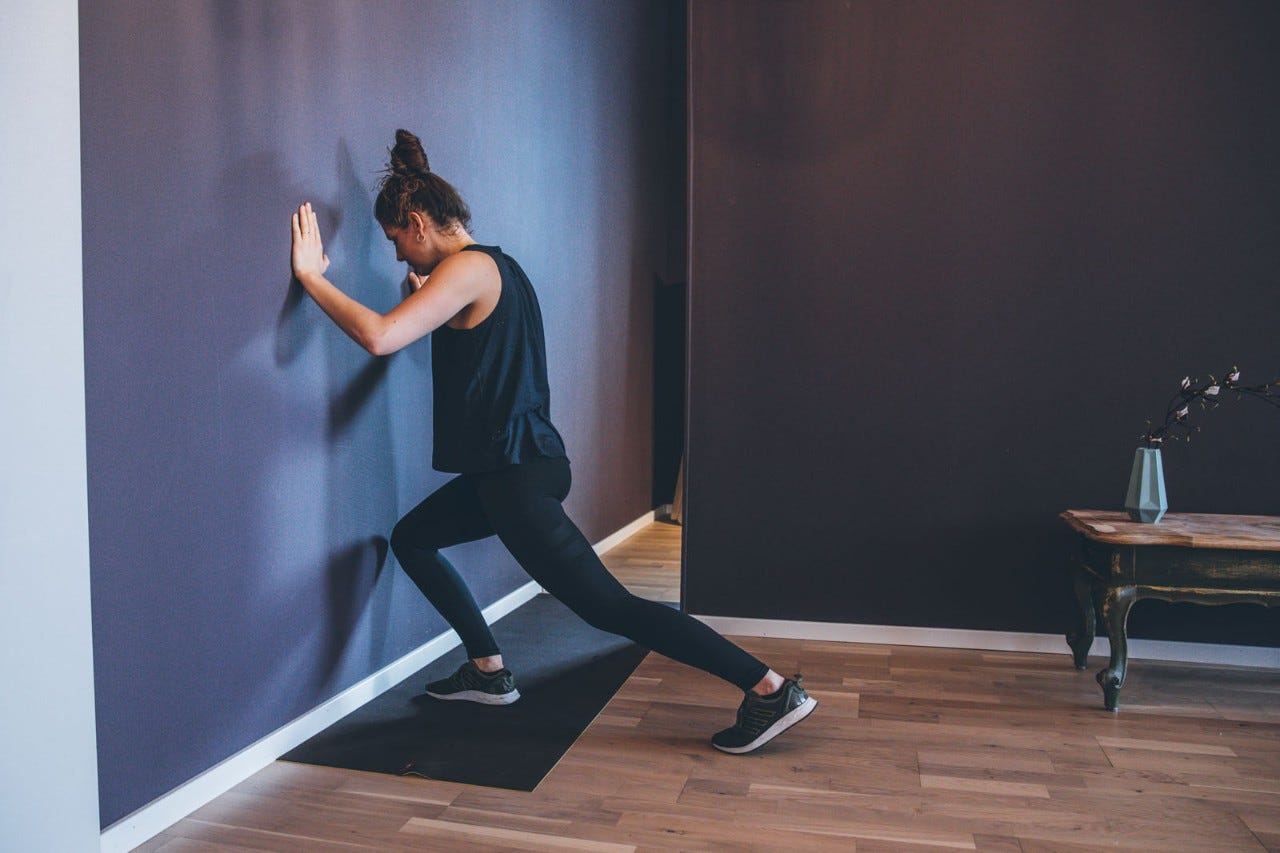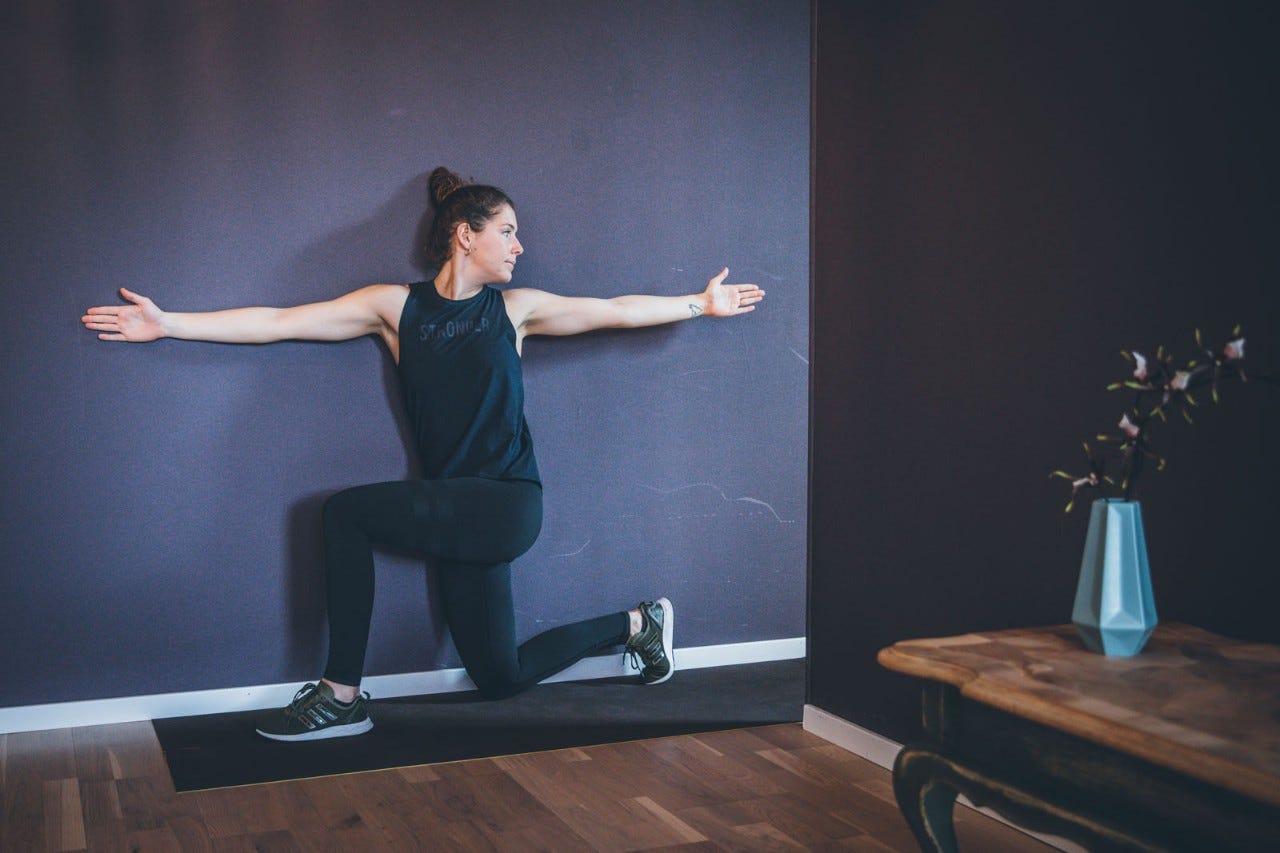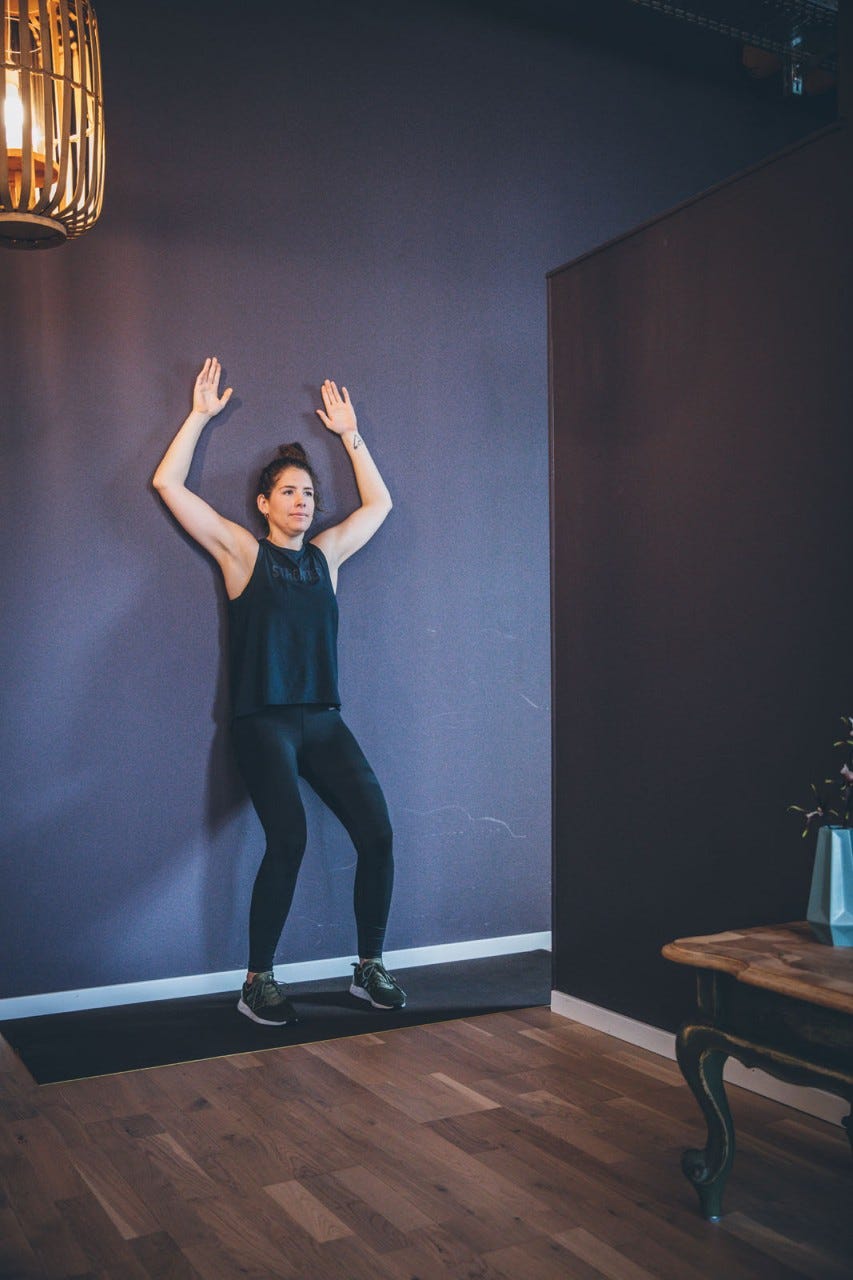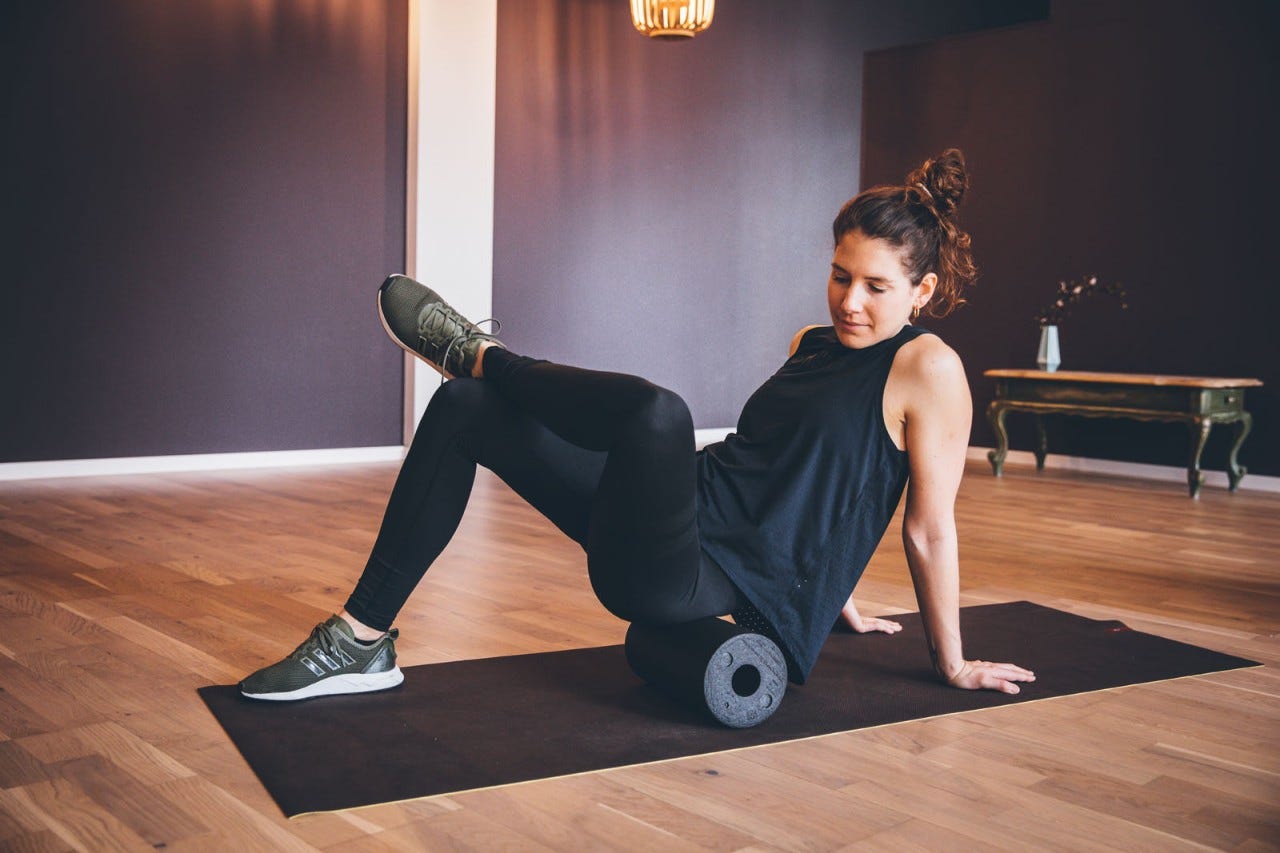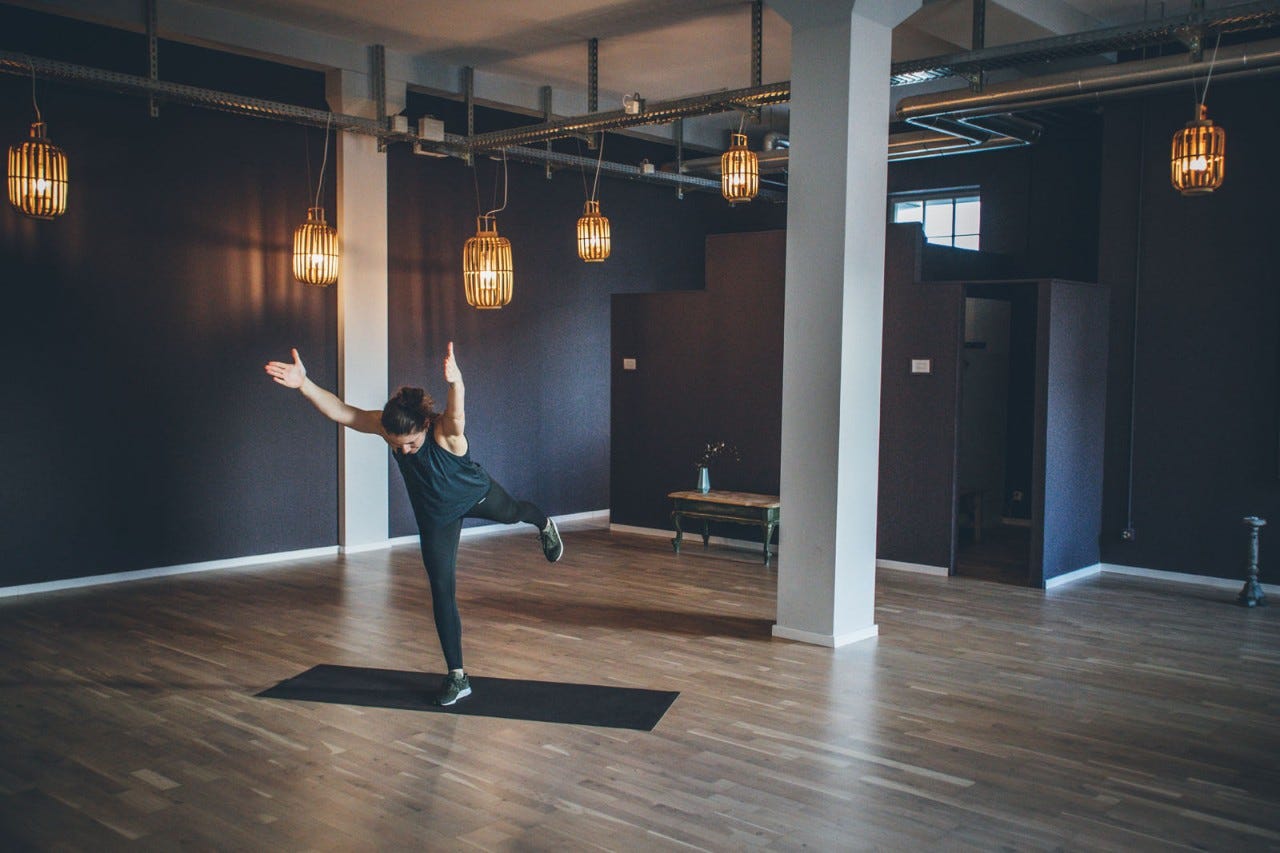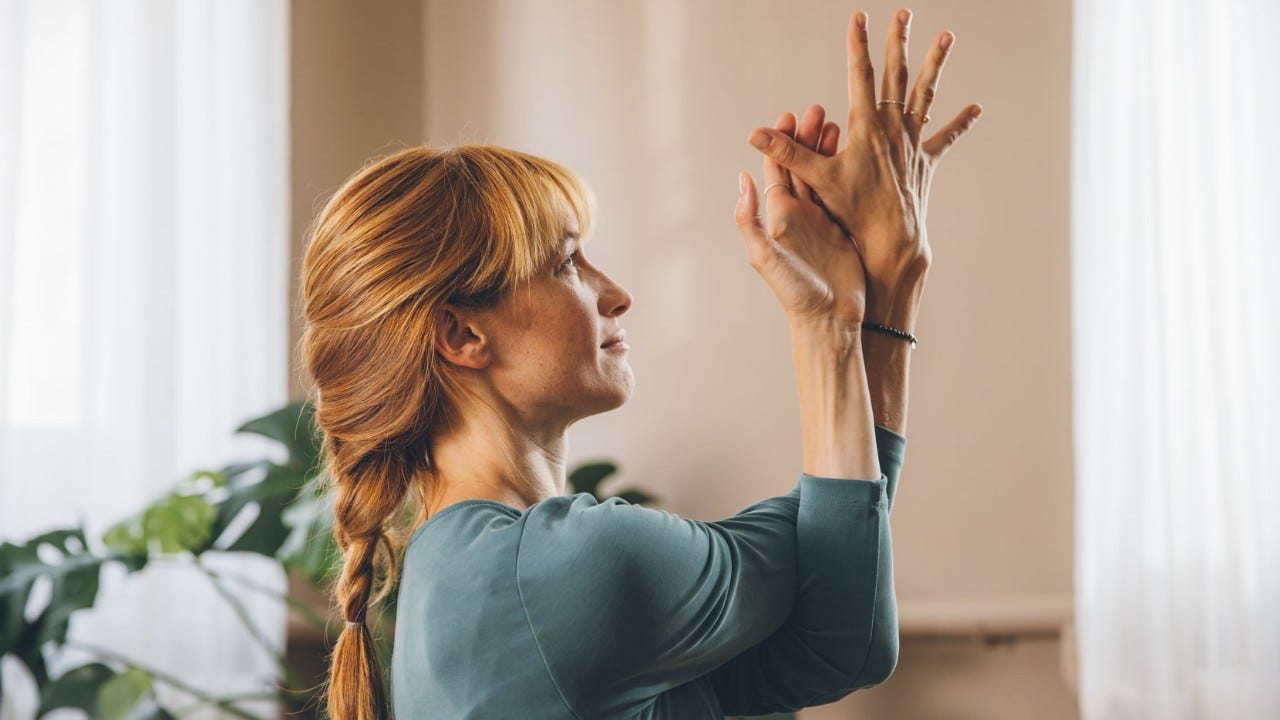Getting active together
Even short training sessions can make the difference. In our video we show you mobility exercises for your ankles, hips, thoracic spine and shoulder blades.
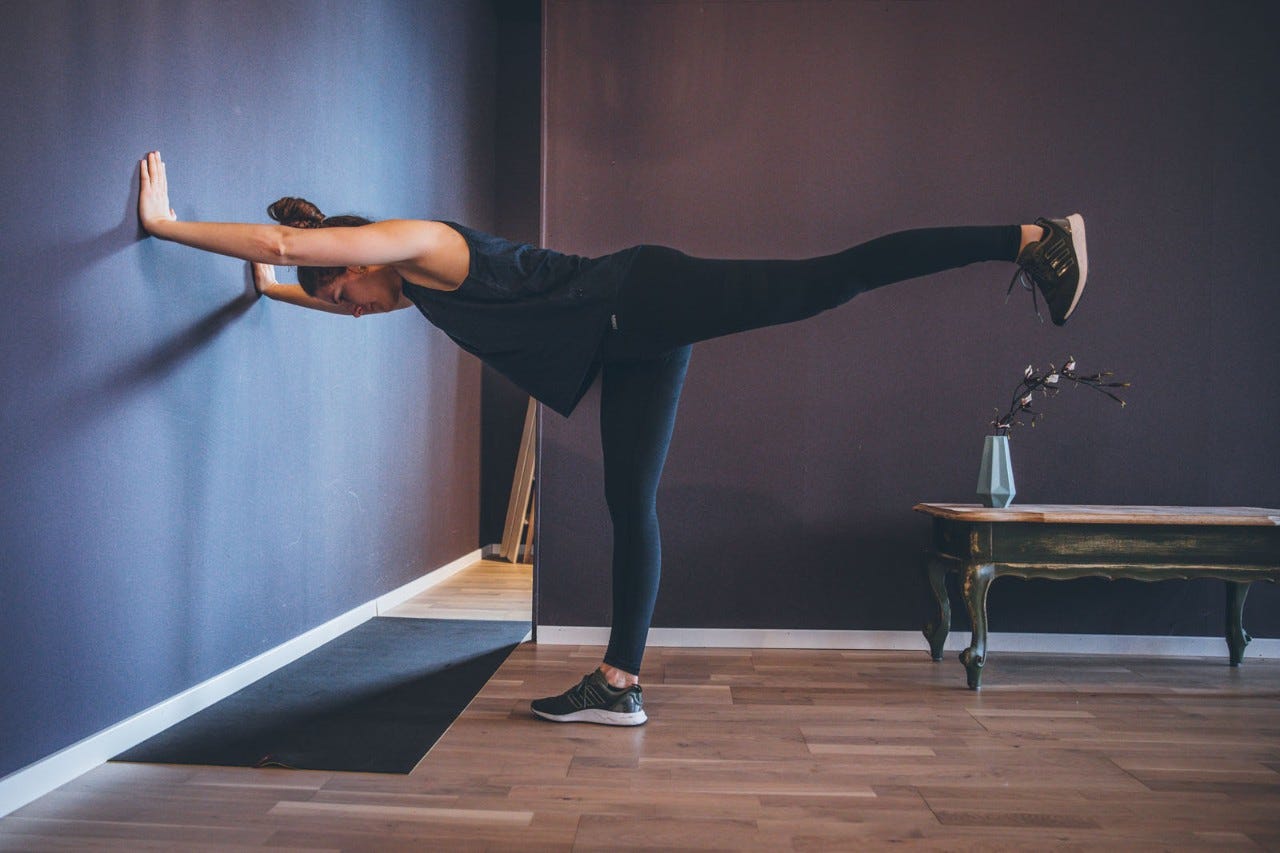
The COVID-19 pandemic, working from home and reduced social interaction are just some of the factors that have a negative impact on our physical activity. A lack of exercise often causes sore muscles, back pain and weight gain. However, in the long term it also increases the risk of cardiovascular disease, type 2 diabetes, osteoporosis and certain types of cancer. That’s why it is so important to incorporate exercise into our daily routine.
Mobility exercises at home
The Federal Office of Public Health recommends that adults do at least 2 ½ hours of exercise a week in the form of everyday activities or medium-intensity sports. Alternatively this recommendation can be achieved by doing 1 ¼ hours of high-intensity sport or a combination of both. It is important to find a schedule that suits you.
-
Beginner schedule:
Monday: Mobility exercises, 15 minutes
Tuesday: Walk, 30 minutes
Wednesday: Strength exercises, 15 minutes
Thursday: Walk, 30 minutes
Friday: Stretching, 15 minutes
Saturday: Walk, 45 minutes
Sunday: Rest day -
Advanced schedule:
Monday: Mobility exercises, 15 minutes
Tuesday: Running, 30 minutes
Wednesday: Strength exercises, 30 minutes
Thursday: HIIT, 15 minutes
Friday: Stretching, 15 minutes
Saturday: Walk, 45 minutes
Sunday: Rest day
Video: Four simple exercises to do every day
The video by trainer Martina Stucki helps you mobilise your shoulders, hips, thoracic spine and ankles. It only takes six minutes and can easily be incorporated into your daily routine.
Exercising at work
It only takes small steps to start exercising more. Why not schedule several short sessions in your diary? Working out doesn’t always need to make you sweat. Doing a few exercises regularly while standing at your desk can help you stay healthy even when you’re working from home.
Symptoms of lack of exercise
- Tiredness and lack of energy: A lack of exercise also takes its toll on our mind and increases the risk of depression
- Back and joint pain: Shortened muscles and tension lead to poor posture
- Weight gain: Lack of exercise slows the metabolism, which can lead to weight gain and circulatory problems
- Bone and muscle loss: Lack of exercise reduces bone density and muscle mass
- Cardiovascular diseases: Too little exercise increases the risk of high blood pressure, stroke and thrombosis
- Breast and bowel cancer: These types of cancer are proven to be strongly linked to a lack of exercise
